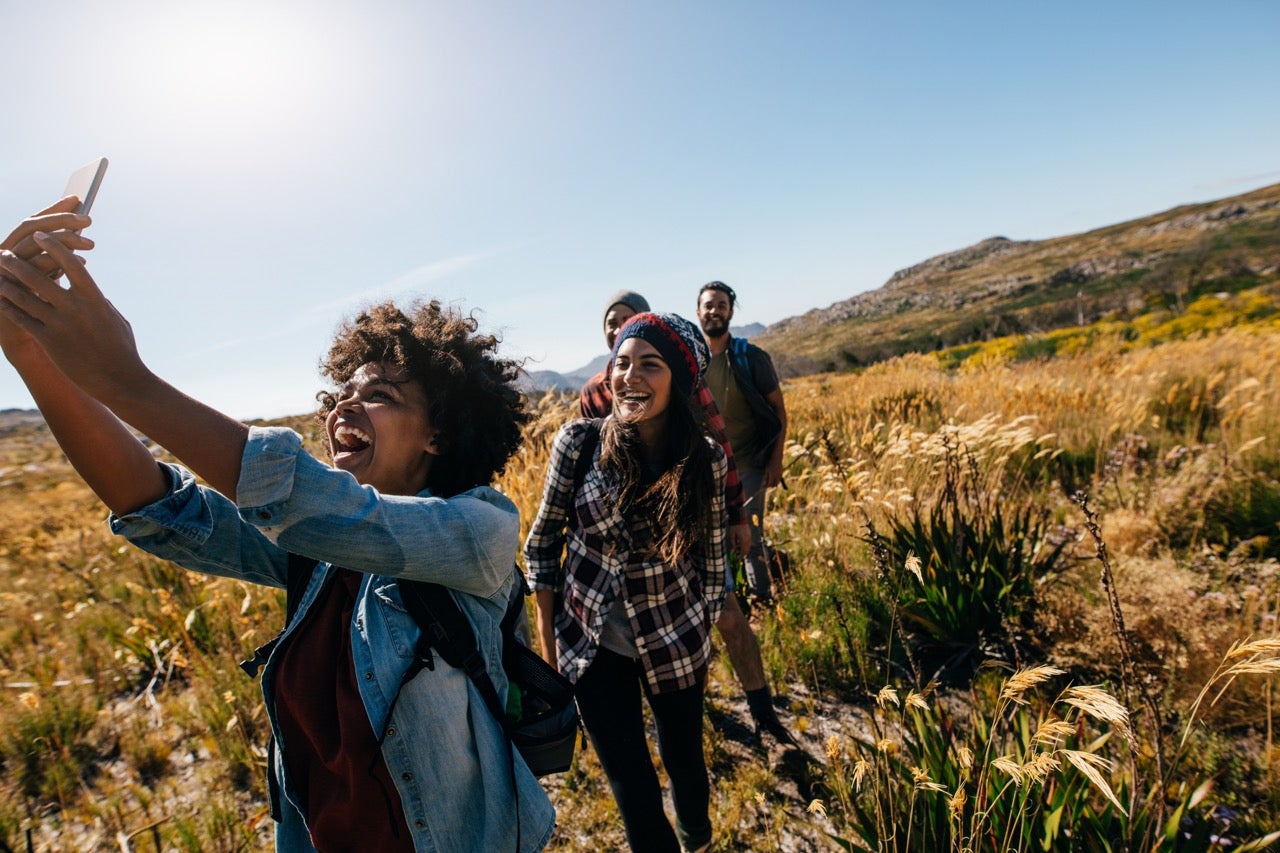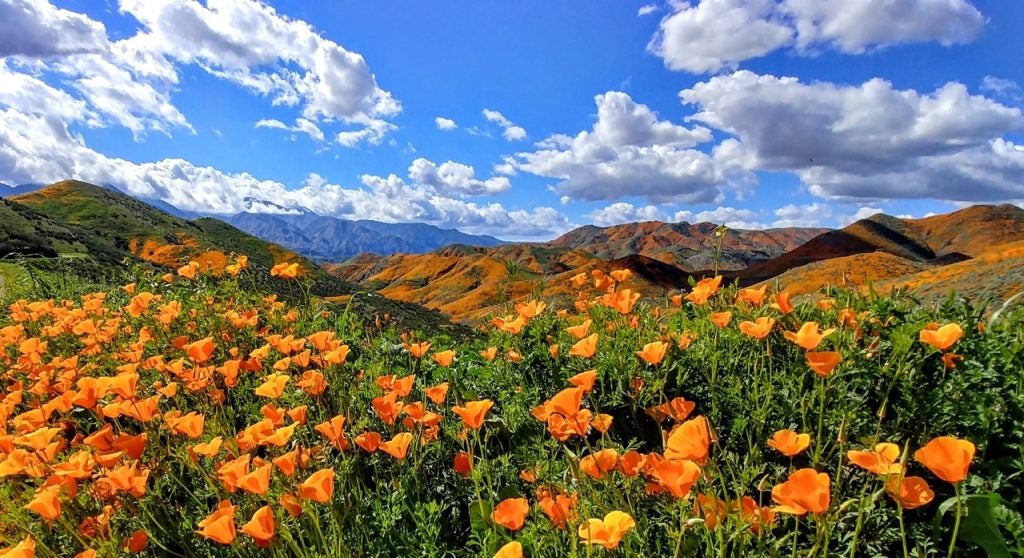
Our Editors independently research, test, and rate what we feel are the best products. We use affiliate links and may receive a small commission on purchases.
In the age of digital connectivity, where breathtaking landscapes are just a click away, and every hiking trip is documented for the world to see, there arises a new responsibility: Digital Leave No Trace (LNT) guidelines. Just as we strive to minimize our impact on the environment during outdoor adventures, it is equally crucial to practice ethical behavior in the virtual wilderness. As the line between nature and technology blurs, adhering to these digital LNT principles becomes essential to preserve the natural wonders that inspire us and ensure future generations can also experience them.
What is Digital Leave No Trace?
Leave No Trace, a set of seven principles designed to guide outdoor enthusiasts in minimizing their impact on nature has been embraced by hikers, campers, and nature lovers for decades. However, with the advent of smartphones, social media, and constant connectivity, the principles have expanded to encompass the digital realm.
Digital Leave No Trace involves being mindful of our actions online, especially when sharing photos, videos, and geotags of natural places. The goal is to prevent damage, overcrowding, and disruptions to wildlife while preserving the sense of discovery and connection with nature that drew us there in the first place.
Related: Leave No Trace Guidelines for Backcountry Fires
The Power of a Picture
In today’s visual-centric world, sharing pictures of stunning landscapes is second nature. But with every photo posted, we leave a digital footprint that can lead others to the same location. While sharing beauty is a noble intention, it can inadvertently lead to over-tourism, which puts immense strain on fragile ecosystems.
While our natural areas should be accessible to everyone, it’s also a matter of balancing eager tourists’ desires with fragile ecosystems’ needs. Social media influencers and popular travel bloggers often play a significant role in the surge of visitors to these destinations. With massive followings, their geotagged posts carry significant influence, shaping the wanderlust of countless followers.
The delicate balance between sustainable tourism and over-tourism is a challenging one to strike. Previously dependent on tourism for their livelihoods, local communities now find themselves grappling with its unintended consequences. Infrastructure strains, trash accumulation, and damage to flora and fauna are just some of the repercussions of the over-tourism phenomenon. The increasing popularity of geotagged locations has led to overcrowding, ecosystem degradation, and heightened pollution. Fragile natural sites that were once havens of solitude are now inundated with selfie-stick-wielding tourists vying for the perfect Instagram shot.

Case in point: In 2019, hordes of tourists flocked to Walker Canyon, located in Riverside County, California, to take photos of the “super bloom” of vibrant orange poppies that cover the hillsides. Traffic jams, trail erosion, and careless tourists trampling on the fields of flowers resulted in habitat destruction. Local officials closed down hiking trails in the area this spring for the duration of the poppy bloom as a safety precaution against a second occurrence.
To adhere to digital LNT, consider sharing images without geotags. Removing location data from your photos preserves the mystery and keeps vulnerable areas off the radar of potential hordes of visitors. Instead, let the beauty speak for itself, encouraging others to explore and discover their hidden gems.
Think Before You Post
Sharing real-time updates from your hiking or camping trips might be tempting, but consider the impact of your posts on the natural places you love. Before hitting that “share” button, ask yourself: Will this encourage responsible outdoor behavior? Does it promote conservation? Or could it potentially attract a wave of visitors that might harm the environment?
When posting, provide helpful information on how others can visit responsibly and adhere to LNT principles. Encourage them to stay on marked trails, pack their trash, and respect wildlife. Education and awareness are powerful tools for preserving the places we cherish.
Tag Responsibly
Social media platforms allow users to tag specific locations in their posts, making it easier for others to find those places. While this feature can be convenient for connecting with like-minded individuals, it can also lead to unintended consequences.
Consider using broader location tags or omitting them altogether. Instead, provide descriptive tags that focus on the essence of the experience rather than revealing the exact location. This approach maintains the allure of exploration while minimizing the risk of over-tourism.
Leave Nothing Behind
Just as physical litter tarnishes natural spaces, so does digital litter geotags, abandoned websites, and defunct social media profiles. Digital LNT also means cleaning up the virtual wilderness. If you have an old website or social media account dedicated to outdoor adventures, make sure to update it with accurate and responsible information or take it down altogether. Leaving outdated or misleading data online can lead others astray and harm the very places we strive to protect.
As we traverse the digital landscape, we must apply the same care and responsibility that we do in the great outdoors. Digital Leave No Trace is not about stifling our enthusiasm or denying us the joy of sharing nature’s wonders. Instead, it’s about striking a balance between sharing the beauty of the natural world and preserving its sanctity for generations to come.
By following these digital LNT guidelines, we can ensure that our love for nature enhances, rather than endangers, the environments we cherish. Let’s leave a positive legacy in both the physical and virtual realms. Skip the tag to ensure our actions today safeguard the natural treasures for the adventurers of tomorrow.
Learn more about Leave No Trace principles here: https://lnt.org/why/7-principles/.
